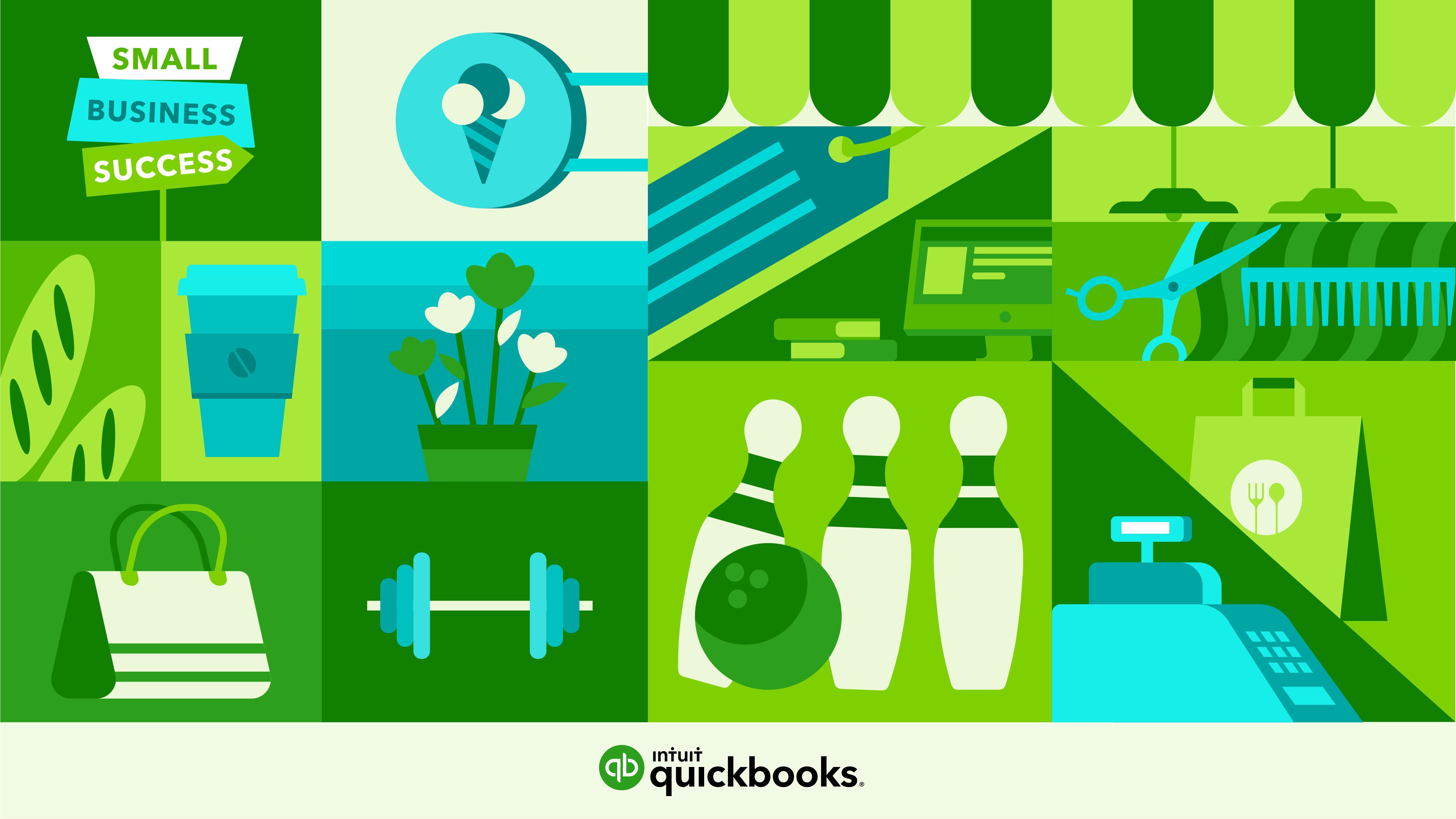Small business owners speak…
In the second half of the event, Ling addressed comments and questions from Town Hall attendees. Among the hundreds of responses, a clear pattern emerged. Top questions and concerns included:
- “I cannot find help.”
- “No one will help me.”
- “Why is it so difficult to access these funds?”
Clearly, many small business owners are still struggling to recover and get their hands on funding. To ensure that the small business owner perspective was properly represented, two members of Intuit’s Small Business Council, Dana Donofree and Allison DeVane, joined the conversation. Intuit’s Small Business Council is dedicated to helping raise the voice of QuickBooks customers and ensure they have a seat at the policy table.
First up was Dana Donofree, entrepreneur and founder of AnaOno intimate apparel. Donofree was inspired to create her unique product line to meet the needs of those who have undergone breast surgery that is commonly related to a cancer diagnosis.
Question for Dana: “When you launched your business seven years ago you were self-funded—what has it been like since then trying to get capital for a growing business?”
“I decided to self-fund my business because investors and lenders were just not available to me,” Donofree explained. “I was shocked to find out that capital was very difficult to secure. I used credit cards and personal bank loans.”
After a while, however, Donofree got creative. “I started to look into corporate grants and found many opportunities. In fact, I applied for and received a $10,000 grant from Intuit. I also took advantage of the EIDL and PPP loan programs.”
Second to the conversation was Allison DeVane, owner of Phoenix-based business, Teaspressa—supplier of an all-natural, specially-blended tea that brews like coffee.
Question for Allison: “As someone in the food and beverage industry, you experienced a great deal of upheaval this past year. Where are you right now and what do you need to succeed going forward?”
“My story is similar to Allison’s. It was mind-blowing to find out how hard it is to get start-up money. I actually went on Shark Tank to pitch my business idea in addition to charging up credit cards. When the pandemic hit, I relied on PPP funds to get us through and help us during an extreme-pivoting time.”
Opening the discussion up to all attendees, the following additional questions were posed and answered by panelists.
Ling highlighted more data from QuickBooks Small Business Access to Capital Survey, specifically the fact that Black- and Hispanic-owned businesses were the most likely to seek funding during the pandemic.
In reaction, attendee Jacob from Texas asked: “What is the Biden Administration doing to help minority-owned businesses?”
“We changed a lot of rules under the PPP program to make sure that minority-owned and small businesses got more of the money in the second round of funding over larger businesses, which is what happened in the first PPP round,” Richmond explained.
Richmond added: “We also put thirty billion dollars into the SBA to support black- and brown- owned businesses because we know how instrumental they are in the community. When you invest in minority-owned businesses, you invest in the community at large.”
Next, Ina in California asked, “What’s the best way to be prepared on paper for a loan application?”
Taking paper out of the process altogether was Luke Voiles advice. “The process has to be automated. If you are using QuickBooks, you have all the data you need on hand and in real time to support any type of loan.”
This means not searching for paper files like W-2s or 1099s. All the information you need is right there in your system to fulfil loan requirements. It’s far more efficient…and that’s what the busy small business owner needs.
Gabrielle from California (along with many others) wanted to know, “Is there help on the way for sole proprietor businesses?”
“We’ve already offered some relief” said Richmond. “We instituted reforms to the PPP program to make loans equitable for sole proprietors. And we will continue to monitor and make changes to help open up access to capital.”
Aimee from Tennessee asked, “What are some ways to attract capital from investors?”
Dana Donofree addressed this question by, first, spotlighting an inherent challenge with women-owned businesses. “We just have a harder time in the board room. That’s just a fact, so we have to be very persistent. When you hear a no, just keep pushing for a yes. This is what we have to do until we get more women at the investor table.”
She also shared a big learning experience. “I always started my pitch with how the product will improve the lives of our buyers. What investors really want to hear is that you understand the market and business model. This is the key to getting investors to listen and engage. Explain to them how your product will make money first and how it will help people second.”
Barbara in Pennsylvania made her concerns clear: “It would be tremendously helpful if we could find a lender who could help us consolidate our loans into a program that would allow us to move forward. Does the SBA provide that support?”
“I’m not aware of the ability to consolidate loans,” Richmond said. “But I do know that the SBA offers a program called Lender Match, which can help businesses with added capital. I recommend visiting the SBA website for more information.”
Vera in Colorado asked, “How do you find funding if you don’t fit into traditional lending guidelines? And what makes you an attractive lending prospect?”
The traditional lending model is simple: money is lent with the expectation of getting paid back with interest. So, what makes a business an attractive prospect under the traditional model is size and length of time in business. This is why it’s so hard for small and newer businesses to get approved for loans.
“It goes back to changing the model. QuickBooks Capital, for example, wants to see monthly cash flow after expenses that is sufficient to make a monthly loan payment. It’s nothing to do with size or longevity in the market. This is the model of the future,” explained Luke Voiles.
Ling then directed attention back to other top questions among the small business community. This included questions around potential changes to the PPP loan program and clarity around grants versus loans.












